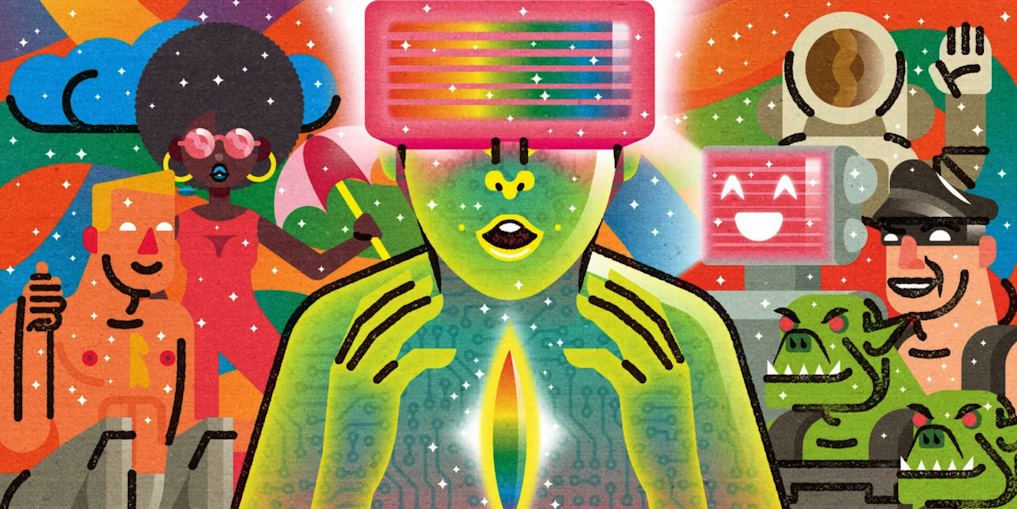The Art and Science of Poster Graphic Design: Crafting Visual Narratives that Captivate
Posters, with their ability to command attention and convey information in a single glance, are a cornerstone of graphic design. From advertising and events promotion to political campaigns and artistic expression, posters serve as powerful tools for communication and storytelling.
Purpose and Audience
Every successful poster begins with clearly understanding its purpose and target audience. Whether it’s promoting a product, event, or idea, designers must tailor their approach to resonate with the intended audience’s interests, preferences, and demographics. By conducting thorough research and analysis, designers can identify key messaging and visual elements that will effectively capture attention and communicate the desired message.
Visual Hierarchy and Composition
Visual hierarchy is essential in guiding the viewer’s eye through the poster and effectively prioritizing information. Designers utilize principles of composition, such as balance, contrast, and alignment, to organize elements and create a cohesive layout. By strategically positioning headlines, images, and calls to action, designers ensure that the most critical information stands out while maintaining overall visual harmony.

Typography and Branding
Typography is crucial in poster design, conveying tone, personality, and brand identity. Designers carefully select fonts that align with the poster’s theme and messaging, considering readability, style, and emotional resonance. Additionally, incorporating branding elements such as logos, colors, and imagery helps reinforce brand recognition and establish a cohesive visual identity across various marketing materials.
Color and Visual Impact
Color is a powerful tool for evoking emotion, creating contrast, and enhancing visual impact. Designers leverage color theory principles to select palettes that complement the poster’s theme and communicate the desired mood or message. Whether using vibrant hues to convey energy and excitement or muted tones for a more subdued aesthetic, color choices significantly shape the viewer’s perception and response.
Imagery and Visual Storytelling
Images are central to poster design’s storytelling, offering a visual narrative that resonates with viewers on an emotional level. Whether incorporating photographs, illustrations, or graphics, designers select imagery that reinforces the poster’s message and captures the audience’s imagination. By creating compelling visual narratives, designers can evoke curiosity, empathy, or desire, prompting viewers to engage further with the content.
About
Welcome to our dynamic blog, a hub of creativity!
Delve into mesmerizing photographs, innovative design trends, and exciting event coverage. Join us as we celebrate the fusion of artistry and imagination, inspiring your own creative endeavors along the way.


